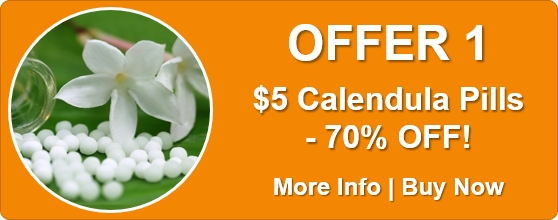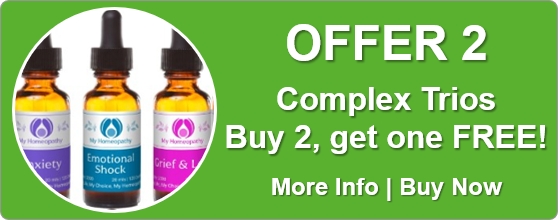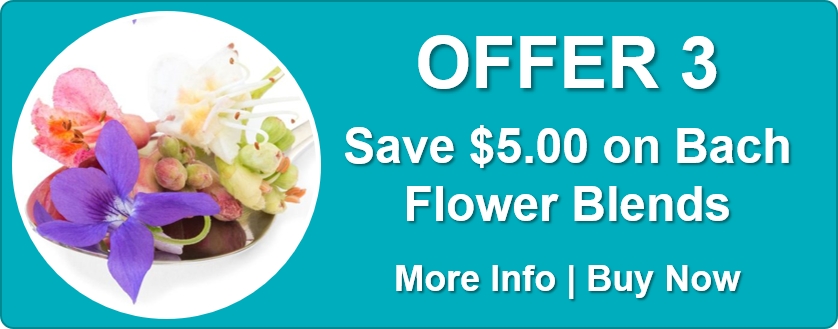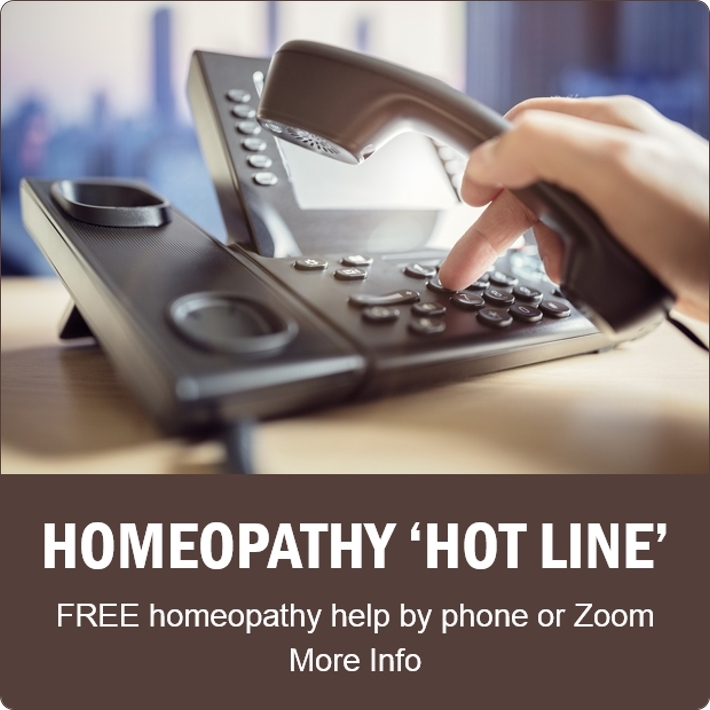Know Your Remedies: Cuprum Metallicum (Cupr.)
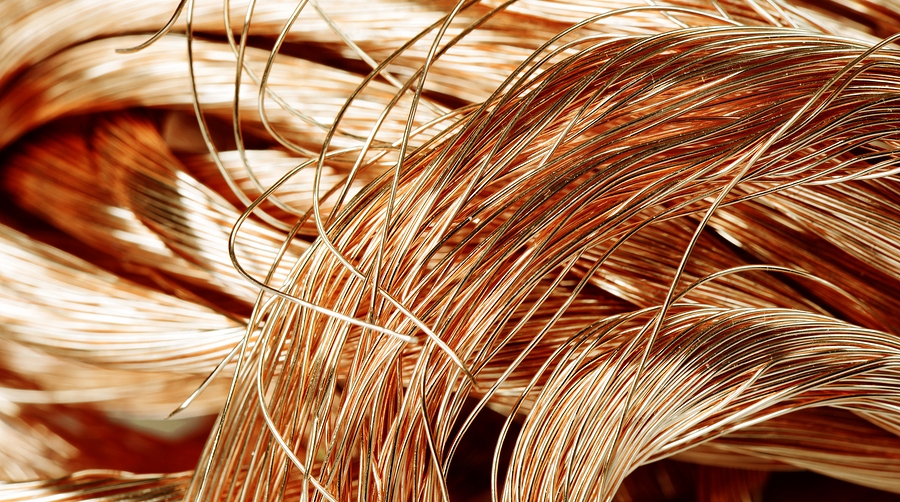 Common Names: Copper.
Common Names: Copper.
General Information
Cuprum Metallicum (Cupr.) is a remedy for types of epilepsy, and mental-emotional or physical cramping. Emotions may be convulsive or ‘jerky’ while physical cramps, spasms, twitching, and jerking occur with or without seizure disorders. Rigidity from suppressed emotions or impulses occurs. Outbursts, spasms or convulsions break the rigidity and suppression. Cramping of the respiratory system may present as types of asthma or spasmodic cough. Cuprum is also a significant remedy for the behavioural problems of children when striking, spitting, and headstrong behaviour are present. The child may imitate, engage in antics, or hold their breath. Cuprum symptoms often worsen with touch and hot weather but improve with perspiration and drinking cold water.
Mental-Emotional Symptoms
- Seriousness with ‘cramped’ emotions. Mental dullness and slowness.
- Extremely closed from rigid control of emotions or symptoms.
- Behavioural problems in children.
- Dislike of touch.
Convulsions / Seizures
- Convulsions after suppression of skin eruptions or foot sweat.
- Convulsions start with bellowing or shrieking.
- Convulsions start in fingers and toes.
Face
- Grimaces, twitching, and unusual movements.
- Blueness of face during convulsion or asthma.
Eyes
- Move like a pendulum or roll back into head.
- Loss of vision before a convulsion.
Chest and Respiration
- Severe, spasmodic cough. Types of whooping cough.
- Cough relieved by cold drinks.
- Sudden attacks of constricting suffocation.
- Asthma at 3am.
Oesophagus
- Gurgling noises while drinking.
Limbs
- Cramps of muscles, especially fingers, hands and legs.
- Clenching of thumbs and fingers. Thumbs clenched within fists.
- Cramps during sleep or sexual intercourse.
Where do I find it?
Cuprum Metallicum (Cupr.) is available from our online store as a single remedy in liquids or pills, and as part of the following Complex (combination remedy): Cramps (Muscular).
Home Treatment Guidelines
Acute, Self-Limiting Conditions
Conditions like colds or minor injuries, which are short-term and typically improve on their own, can be managed at home with homeopathy. However, in emergencies or if symptoms worsen, contact your healthcare provider.
Chronic Conditions
These home treatment instructions do not apply for ongoing issues, whether mentioned above or not, like persistent allergies or chronic pain. You should consult a qualified homeopath for a personalized treatment plan to achieve the best results with homeopathy for chronic conditions.
How to Take the Remedy for Acute Conditions
- Take one pill or five drops of the remedy. The frequency depends on symptom severity. As examples:
- For life-threatening symptoms, take every 1 minute and seek emergency help immediately.
- For mild symptoms, take every 4 hours.
- Stop taking the remedy once you feel better. Resume if symptoms return.
- If no improvement after four doses, choose a different remedy or consult a professional homeopath.
- For more details on dosing, refer to: How Often to Dose with a 30C Homeopathic remedy.
- For information on the different potencies, read: Guidelines on which potency to use
Additional Notes From Past Masters
Homeopathy is a 200-year-old system of medicine. Early homeopaths recorded detailed notes on how remedies worked, including initial tests, remedy relationships, and their experiences. These writings were shared to improve homeopathic practice and now offer fascinating insights into past uses of homeopathy. Here’s an example, edited and modernised for clarity, from Leaders In Homoeopathic Therapeutics (1898) by E. B. NASH M.D.:
Leaders In Homoeopathic Therapeutics by E. B. NASH M.D.
Cuprum Metallicum (Cupr.)
SPASM is the one word characterizing this remedy. Cramps or convulsions, in meningitis, cholera, cholera morbus, whooping cough, scarlatina, etc.
Spasms begin in fingers and toes and spreading from there become general.
Mental or bodily exhaustion from over-exertion of mind or loss of sleep.
Affections arising from suppressed skin troubles, especially from acute exanthemata.
* * * * *
The grand central characteristic symptom is expressed in one word –spasms.
If in brain affections, congestions, meningitis or apoplexy Cuprum is to do any good, spasm will be present in some degree, at least, from a simple twitching of the fingers and toes to general convulsions.
If in cardialgia, there is violent spasmodic griping and pressure, followed by vomiting.
In cholera, cholera morbus, or cholera infantum the cramping pains are sometimes terrible. Dunham said: “In Camphor collapse is most prominent; in Veratrum album, the evacuation and vomiting; in Cuprum, the cramps.”
In whooping cough “children get stiff, breathing ceases, spasmodic twitchings; after a while consciousness returns, they vomit and recover but slowly;” or the child coughs itself into a complete “cataleptic spasm with each paroxysm of cough.”
In all kinds of repercussed exanthematic spasms, Cuprum is the first remedy to be thought of (see comparison with Zincum).
These spasms may also be found in dysmenorrhoea, in child bed, or in after pains.
Then, aside from any and all kinds of local affections, Cuprum may be found indicated in epilepsia, chorea, and other purely nervous spasmodic affections of a general nature.
There is one thing peculiar in the spasms of Cuprum that I have often observed, and it is a strong indication for the remedy, viz.: The spasm begins by twitching in the fingers and toes, and, spreading from there, becomes general.
There is another symptom which Farrington thought very valuable, viz.: “Mental and bodily exhaustion from overexertion of mind, or loss of sleep.” This is similar to Cocculus and. Nux vomica. The other symptoms must decide between them.
I have always used the metal instead of the acetate, because I used the potencies, and it acted promptly.


